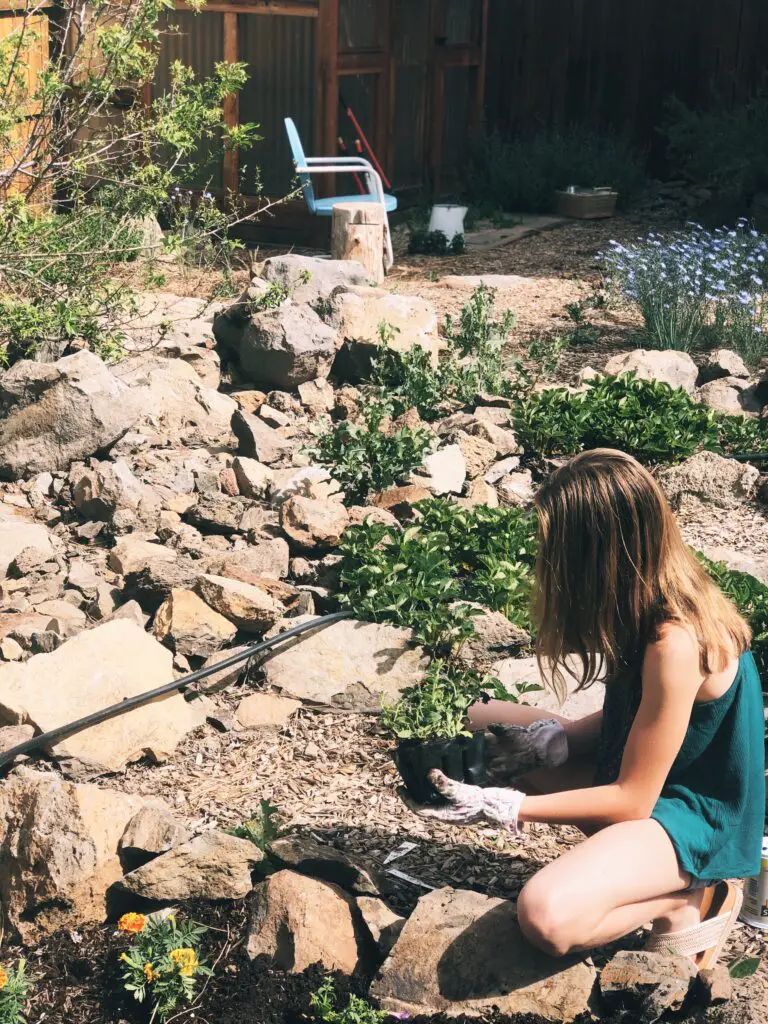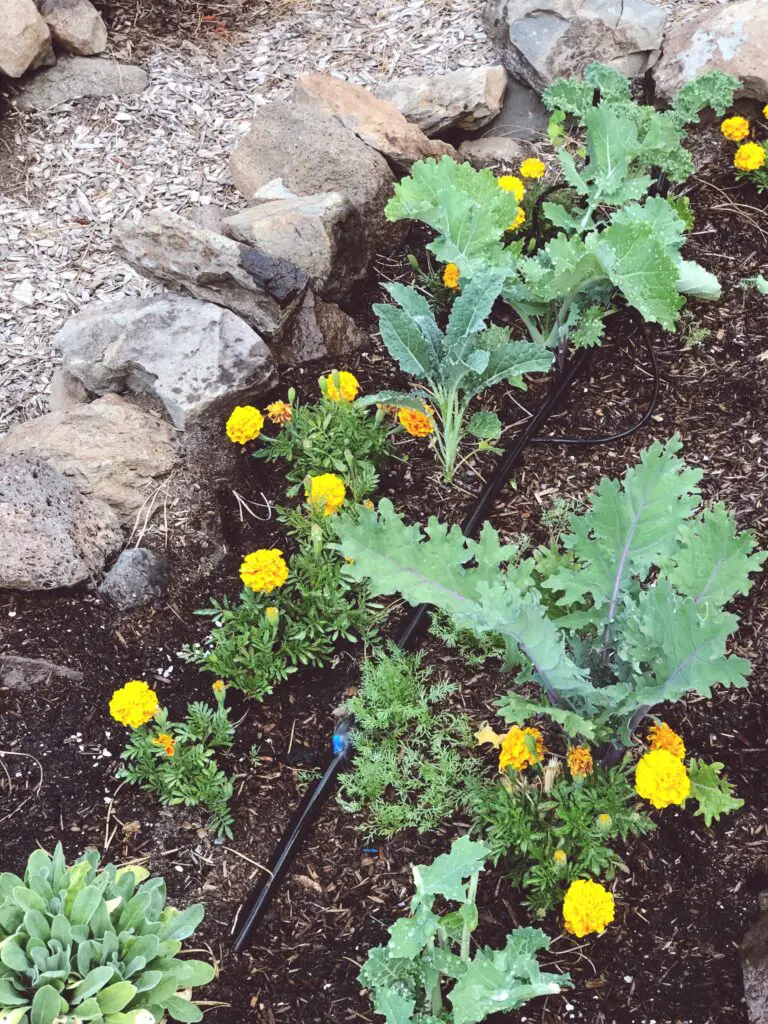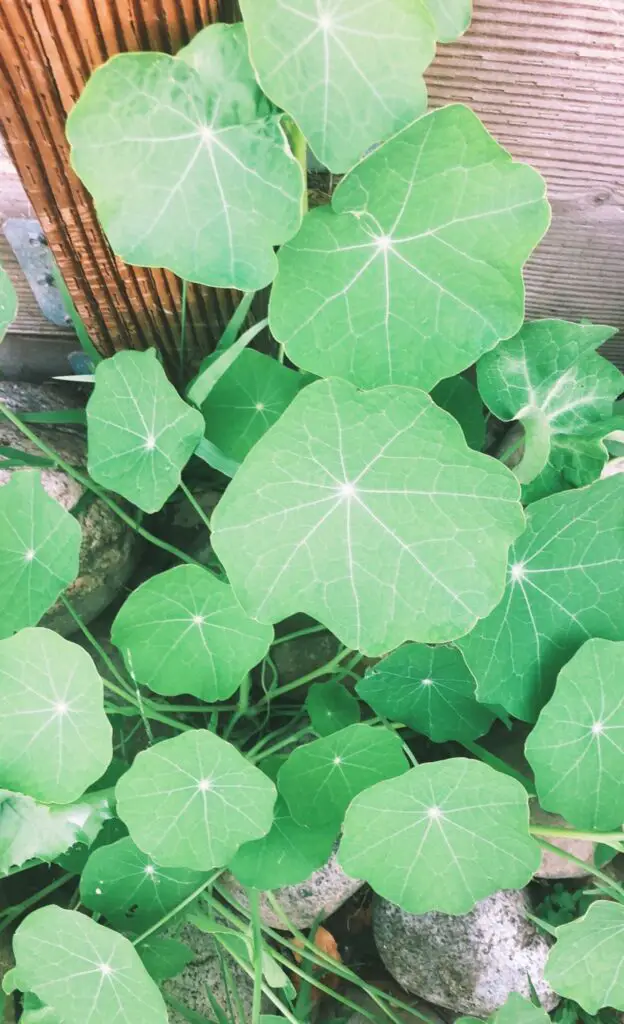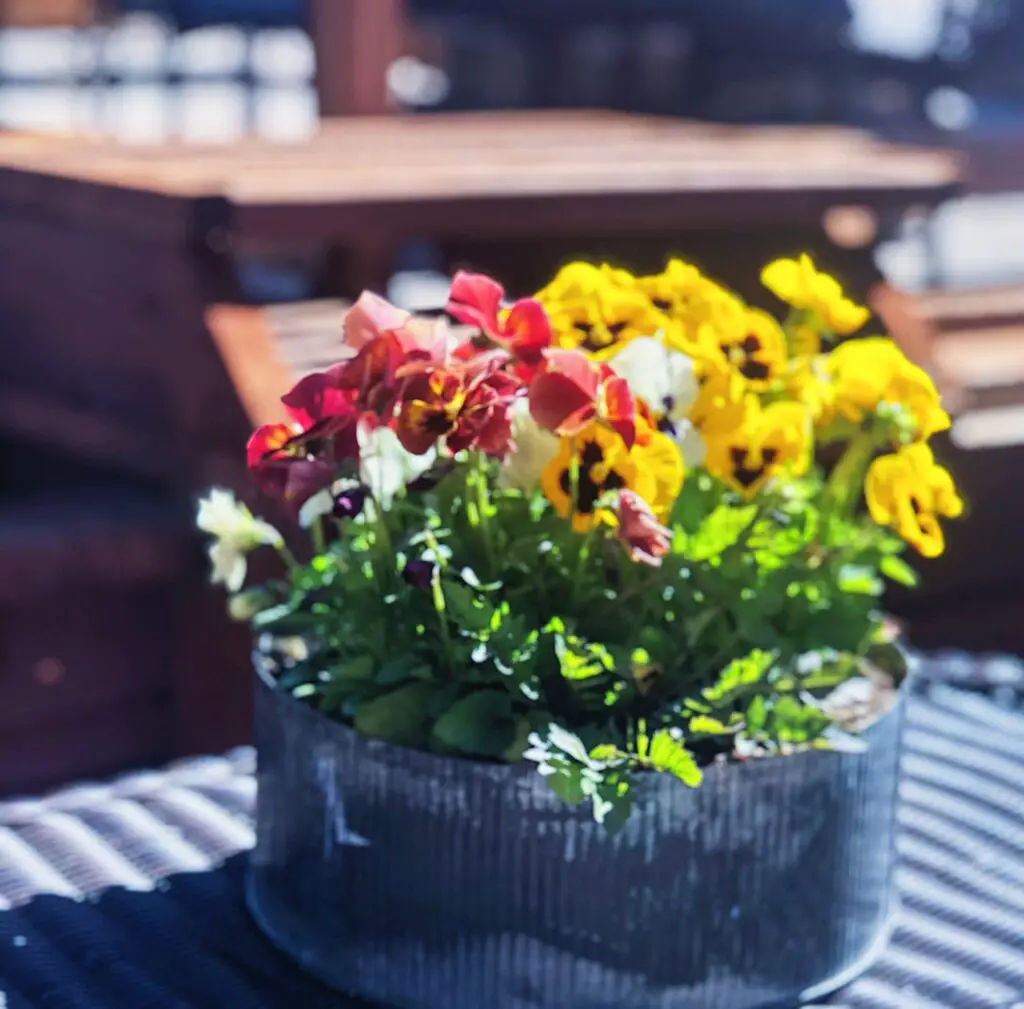The easiest flowers to grow are also some of the most beautiful! If you’re just starting flower gardening for the first time this summer, I suggest sticking to the tried-and-true varieties and following some basic rules.

Contents
Before Diving Into the Easiest Flowers to Grow, Keep These Basic Rules in Mind
- Check the plant tag or description to determine if the flowers are annuals that last only one season or perennials that last for years.
- Make sure perennials will survive winters in your USDA Hardiness Zone.
- Don’t forget to provide them with adequate light. If a plant tag says full sun, it means six hours or more per day; part sun is about half that. No cheating! A shade lover will sizzle in the afternoon sun, and a sun lover will not blossom in the shade.
- Additionally, you must water your new plants when they are first planted and during any dry spells – that is, if it hasn’t rained for a couple of days. If you’re planting flowers in pots, make sure there are drainage holes, or drill a few into the bottom of the pot so the roots won’t stay soggy.
The Easiest Flowers to Grow This Summer

Marigold
The marigold is the easiest flower to grow! Your grandma (and hers!) probably grew up eating these sturdy old-fashioned favorites. Annuals are almost indestructible, surviving heat waves and dry spells and blooming nonstop from planting to frost. (That said, they don’t usually survive neglect – so be sure they get hydration!) Colors include sunny yellows, cheery oranges, creamy whites, and varying heights from six inches to two feet.
Sweet Alyssum
Sweet Alyssum looks amazing, spilling out of baskets and window boxes. Its pure white, pink, and purple shades have a delicate scent that’s lovely to have near seating areas. Even a light frost won’t harm it, and pollinators love it! Sweet Alyssum tolerates some shade but prefers the sun.
Sedum
Sedums come in hundreds of varieties, so you’re sure to find one you like. It can survive droughts with its fleshy leaves, and its muted colors are welcome in the late-season garden when almost everything else has faded. Cut blooms last almost forever in a vase! Sedums need full sun to flourish.
Catmint
This hardy perennial’s fuzzy gray-green foliage and purple-blue flowers have a spicy, minty scent. Pollinators love it! Modern varieties are compact and keep a nice rounded shape. Catmint needs full sunlight.
Begonia
These low-maintenance annuals bloom continuously without you needing to deadhead (pinch spent blooms). They come in various colors, including rose, red, white, salmon, and orange. Begonias prefer shade, though some varieties will tolerate some sunlight.
Nasturtium

Seeds of this bright annual are easy to grow; soak overnight, then rub a file against the seed to encourage faster germination. After a slow start, you’ll have a lot of flowers by late summer. Nasturtiums come in bush and climbing varieties. Added bonus: they’re edible, with a peppery kick that spices up salads. They need full sun.
Day Lily
Try growing Day Lilies if you can’t grow anything else. The blooms of these perennials last just one day (as the name indicates), but they are highly prolific. If the spent blooms bother you, then you can snap off the flowers as they fade or leave them in place. Your Day Lily can be divided in a few years so that you can plant it elsewhere in your garden or share it with friends. Day Lilies need full sun.
Still Easy But Require a Little More Hands-On
Viola

Despite their tiny faces, these adorable annuals can withstand light frosts, which allows them to bloom all winter long in mild climates. While violas are technically annuals, they drop tons of seeds, so they often come back the following spring. Violas thrive in pots or in the ground and require full sun.
Black-Eyed Susan
Your garden should have Black-Eyed Susans! The plants are incredibly hardy, bloom for a long time, and complement any landscape style. They attract butterflies and bloom from midsummer to midfall. Read the tag carefully, as some are perennials, while others only live two years (biennials), so they must be treated as annuals and replanted every year. Black-Eyed Susans require full sun.
New Guinea Impatiens
You can add color to shady areas of your garden with these upright annuals. They are less susceptible to disease than other types of impatiens. They prefer shade.
Coleus
Coleus is an annual grown for its stunning foliage, rather than the insignificant flower spikes that appear in summer. Its bright colors are quite eye-catching when planted in mixed containers. Depending on the variety, coleus can be grown in full sun or partial shade.
Do you have any other ideas for some of the easiest flowers to grow this summer? Share your tips in the comments below!

